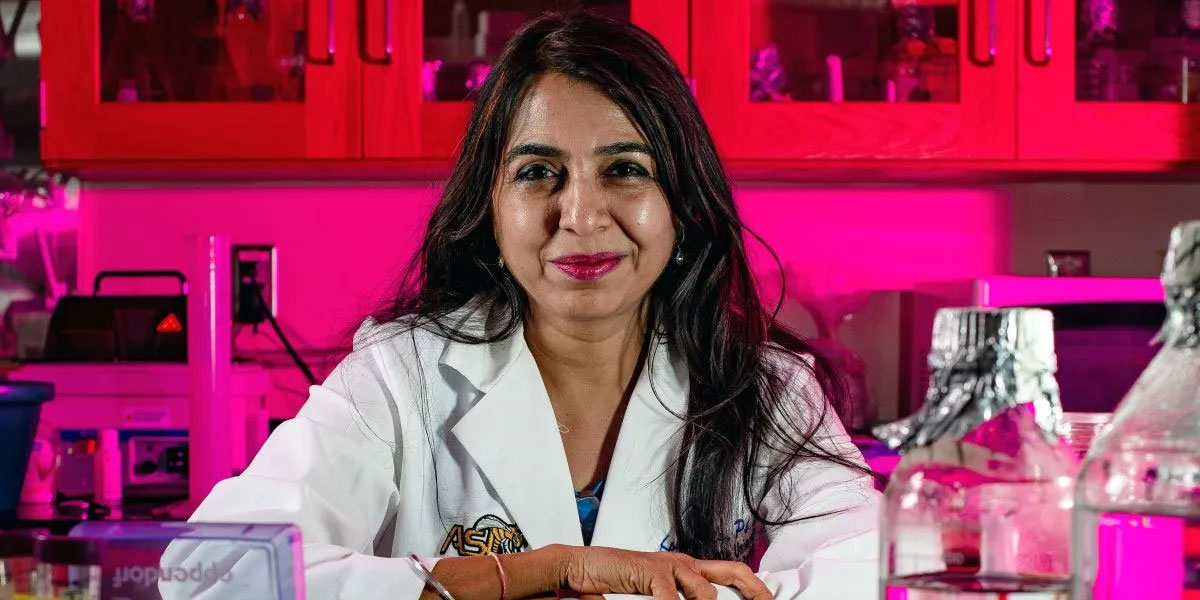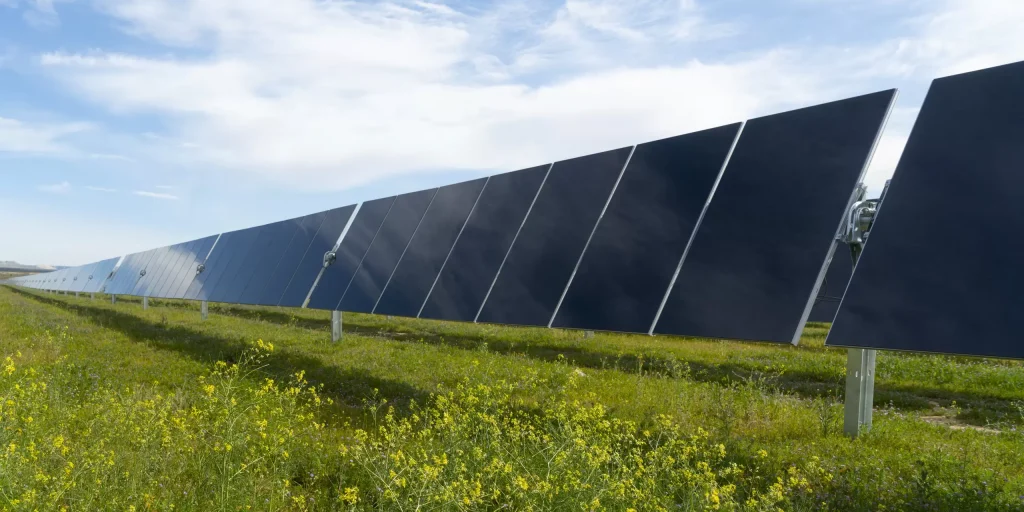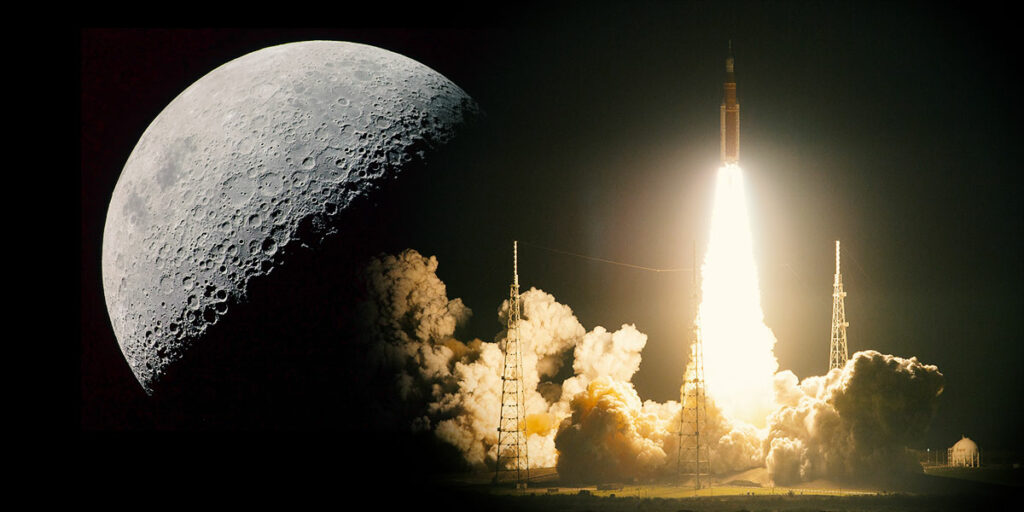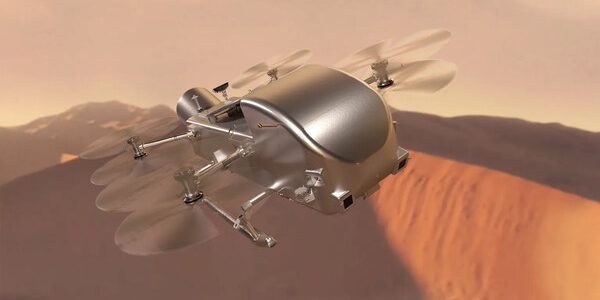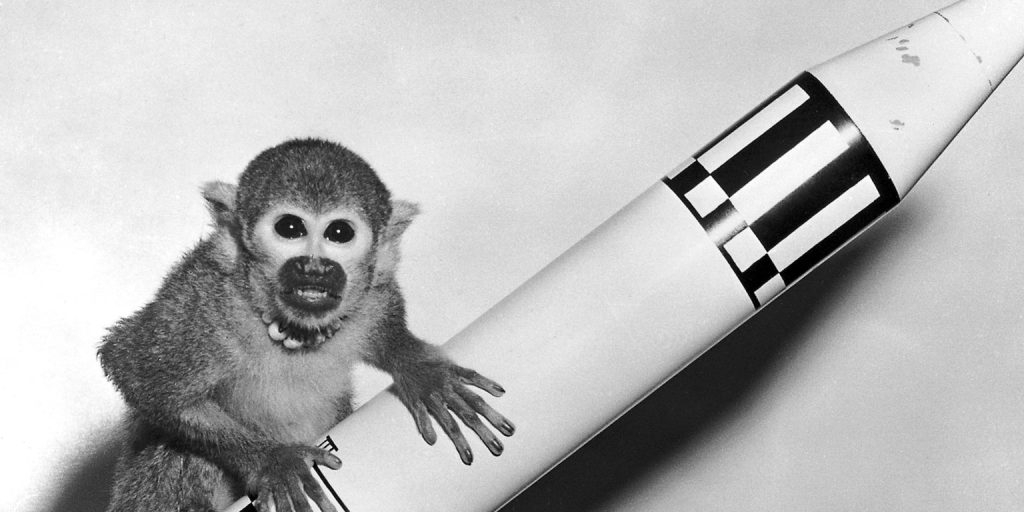Alabama State University‘s mustard greens are soon to be out of this world. For real.
Mustard greens are widely grown and consumed in the Deep South, but a grant from NASA will soon have ASU’s greens growing and being eaten beyond the bounds of Earth – specifically in the International Space Station – thanks to a grant received by an ASU microbiology professor.
The grant awarded to Komal Vig, Ph.D., is part of a $100,000 NASA grant titled “Improved Drought Tolerance of Mustard Greens with Atmospheric Pressure Plasma” that will allow her and ASU microbiology student-interns to prepare mustard greens in a university laboratory with a goal for them to be grown in the arid confines of the space station with little or no water.
“Our main goal is for ASU to perfect a method in my university laboratory that will allow us to grow drought-resistant mustard greens on the space station,” Vig said.
“With limited or no water being expended to grow the greens, we are perfecting a method to irrigate them with a special plasma that we are now perfecting in my ASU lab – with the help from our student-interns – which is composed of a combination of many things that include the noble gases of argon and helium,” she said. “This project aims to study drought stress using Amara mustard greens, and if and how treatment with atmospheric pressure plasma can improve the plant’s drought tolerance and nutritional load.”
The project will be a collaboration among investigators at ASU, the University of Alabama in Huntsville (UAH) and Alabama A&M University. The team combines expertise and lab capabilities in microbiology and genetics (ASU), plasma science and technology (UAH) and agriculture (A&M).
NASA scientists explained that water is used for multiple purposes in a “crewed” space mission, including drinking, cleaning, food preparation and oxygen production for respiration and rocket fuel. Because of a high demand for water, and NASA’s desire for its crew to enjoy fresh vegetables that are grown on the space station, this experiment was born.
In plants, water deficiency decreases the total nutrient uptake and concentration of nutrients in plant tissues. One of the main purposes of the ASU experiment is to produce mustard greens with a good nutrient value.
NASA data explains that as it advances human space exploration, crop-plants will play an important role in a sustained human presence in space, on the moon and on Mars. Crop-plants such as leafy greens and fresh vegetables provide nutrients, varied texture and flavor, and contribute to astronauts’ mental health.
“Growing plants in the engineered environment of space habitats can introduce multiple abiotic stresses that can impact the plant’s growth and nutritional value that is the nexus of the grant’s goal, which is to grow them with little or no traditional moisture, yet still with a good level of nutritional value,” NASA officials said.
Vig said the project is among a few instances that ASU has worked with an experiment aboard the space station.
“At ASU, the focus of this grant will be on genetic studies to investigate how plasma can change the gene profile of a plant and help it in resisting drought. These studies will enable us to grow plants on the space station under very limited water conditions,” Vig said.
“This grant is an initial award that will fund the preliminary work in this exciting field of space science experiments with an aim to get more funding for ASU next year from NASA,” she said. “I am not aware of a previous time that the university has been involved in an experiment on the space station that involved the growth of plants.”
(Courtesy of Alabama NewsCenter)




